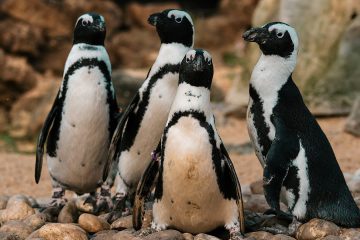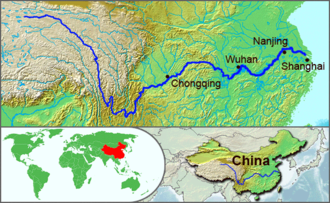The Urgent Need for Lion Conservation

Introduction
Lions, often referred to as the ‘King of the Jungle’, are iconic symbols of wildlife across the globe. However, these majestic creatures are facing a severe threat due to habitat loss, poaching, and human-wildlife conflict. Currently, the global lion population is under significant pressure, with numbers drastically declining over the last century. This alarming trend not only affects biodiversity but also hints at broader environmental issues that necessitate immediate attention.
Current State of Lion Populations
According to the World Wildlife Fund (WWF), lion populations have plummeted from approximately 200,000 in the 1960s to an estimated 20,000 today. This dramatic decrease has led to lions being classified as vulnerable on the IUCN Red List. In Africa, they roam in various protected areas, but connectivity between these habitats is often insufficient, leading to isolated populations that lack genetic diversity.
Factors Contributing to Decline
Several key factors contribute to the decline of lion populations. Chief among these is habitat loss due to agricultural expansion and urbanisation. As human populations grow, more land is converted for farming, reducing the space available for lions to hunt and roam. Poaching remains another significant threat, often linked to the illegal wildlife trade. Lions are hunted for their bones and skins, which are valued in traditional medicine and decorative crafts. Additionally, conflict with local communities arises when lions prey on livestock, leading to retaliatory killings.
Conservation Efforts and Initiatives
Various organisations are working diligently to protect lions and their habitats. Initiatives such as the African Lion and Environmental Research Trust (ALERT) focus on community engagement to mitigate human-wildlife conflict. They aim to educate local populations on the ecological importance of lions while helping to protect livestock through better fencing and monitoring. Furthermore, wildlife reserves and national parks play a significant role in lion conservation, providing safe havens for these animals to thrive. Conservationists are advocating for stronger policies and better enforcement against poaching to protect lions in the wild.
Conclusion
The plight of lions underscores the interconnectedness of wildlife preservation and human activity. With continued efforts from local communities, conservation organisations, and governments, there is hope for reversing the decline of lion populations. It is crucial for individuals and families worldwide to recognise the importance of safeguarding these magnificent creatures, which serve as vital indicators of ecological health. As we move forward, intentional steps toward conservation can help secure a future where lions continue to roam the African plains and inspire future generations.









